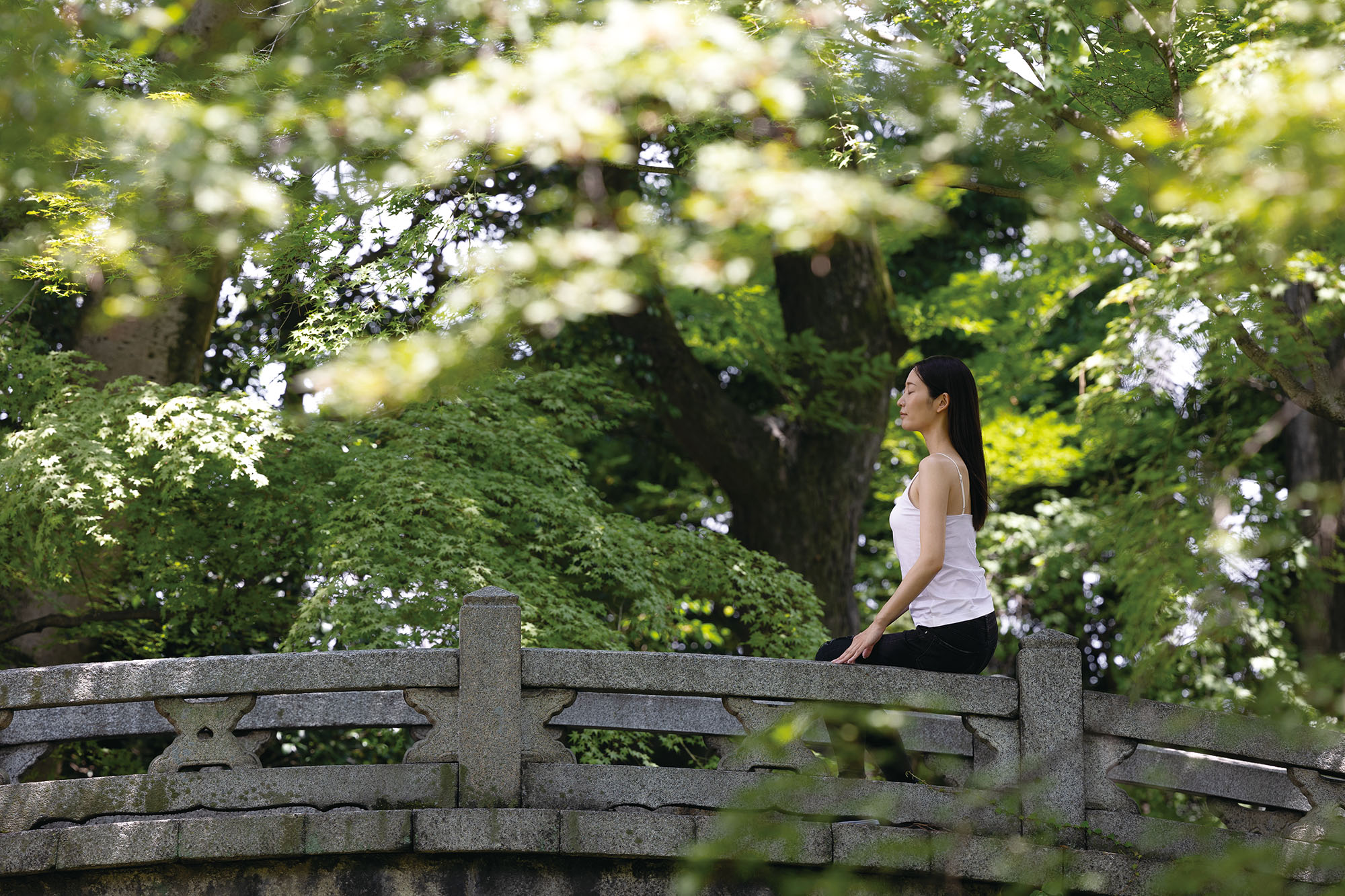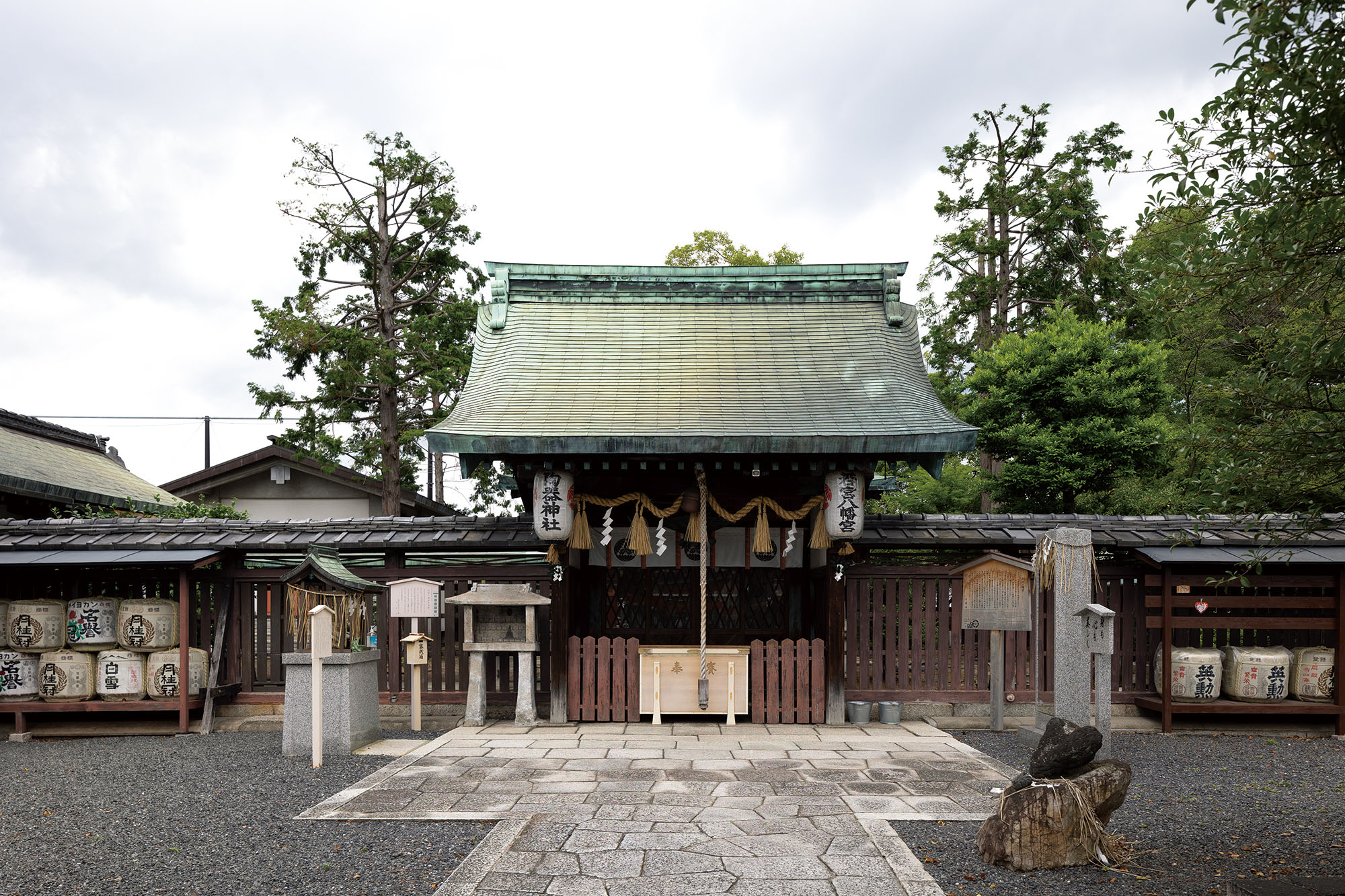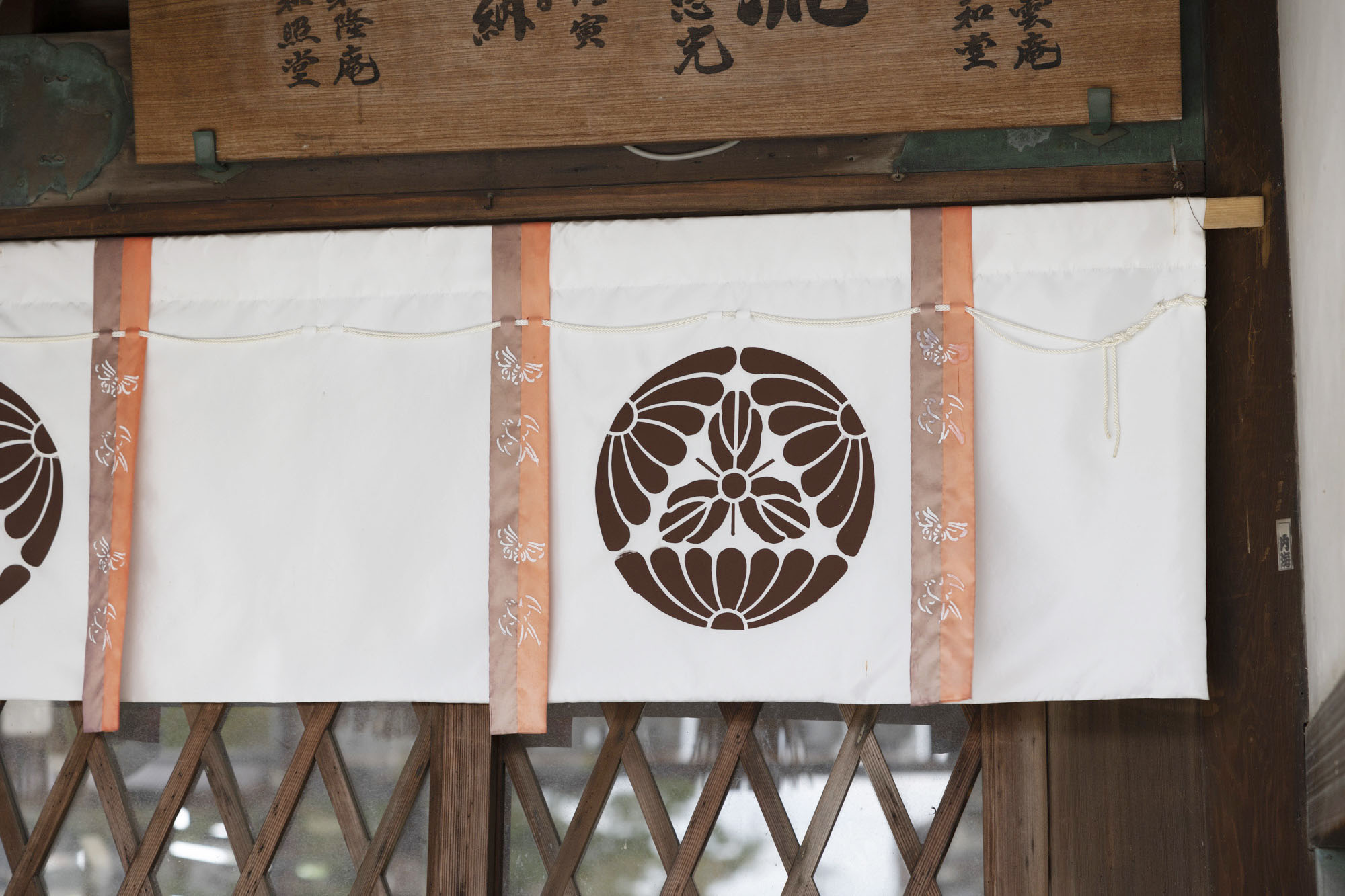
about

Japanesque is awakening.
Japan-born spa skincare products infused with Japanese traditional culture.
‘chi to sé true’ skincare products were created to deliver the wonderful culture and wisdom of Japan, which have been inherited since ancient times.
In pursuit of the essence of beauty, ‘chi to sé true’ skincare products contain traditional and local ingredients: HAKKO KOMENUKA (fermented rice bran),
HAKKO KOMENUKA (fermented rice bran) Extract, ONSEN (hot spring) Water, Deep-Sea Water, Traditional Japanese Medical Herbs, etc.,
proudly presented to you by us, the Japanese.
Feel the essence of Kyoto, where Japanese culture blossomed.
Kyoto served as the ancient capital of Japan for over 1000 years (from 794 to 1868). Its rich cultural heritage, from DENTOSHOKU (traditional Japanese colors), shrines, and cuisine to architecture, remains vibrant and captivating to this day. ‘chi to sé true’ skincare products allow your skin to experience the essence of Japanese beauty.
journal
Blend of Japanese Medical Herbs inspired by a variety of colors.
The numerous DENTOSHOKU (traditional Japanese colors)are categorized so finely that they can't be discerned without being labeled by specific names. Most colors are named after nature, given Japan's distinct four seasons. ‘chi to sé true’ skincare products contain Traditional Japanese Medical Herbs based on DENTOSHOKU (traditional Japanese colors).
japanese traditional colors
Experience a life filled with 「HARE (special moments)」and 「KE (everyday life)」through 'chi to sé true' skincare products.
「HARE」 refers to sacred activities and bright, special moments.「KE」 represents the ordinary moments of everyday life.
In Japan, since ancient times, the incorporation of special 「HARE」activities into everyday life has added rhythm and elegance to our lifestyles.Blessed in a sacred place and imbued with the delicate beauty of Japan, 'chi to sé true' skincare products allow you to feel the refined aesthetic.By incorporating 'chi to sé true' skincare products into your daily routine, we deliver moments of special 「HARE」 to your everyday life.Experience the pleasant harmony of 「HARE」and 「KE」that , ‘chi to sé true’ brings, creating a delightful way of living.

To the Pure Land of beauty. The prayers of Kyoto within ‘chi to sé true.’
In Japan, the unchanging circle of seasons has long been revered as a joyous event, prompting occasional offerings made with gratitude. Colors extracted from nature were among the sacred offerings to the gods. The delightful hues in ‘chi to sé true’ are blessed by Wakamiya Hachimangu Shrine in Kyoto, wishing everyone using our products to be forever beautiful and healthy.



*Wakamiya Hachimangu Shrine
Located in Gojo, Kyoto since 1053, Wakamiya Hachimangu Shrine honors Empress Jingu, renowned for her beauty. Esteemed for centuries, this shrine has been a destination for those seeking beauty. It is also recognized as Toki Jinja Shrine, named after Shiine Tsunehiko no Mikoto, a master of ceramics who is enshrined there alongside the Empress.
